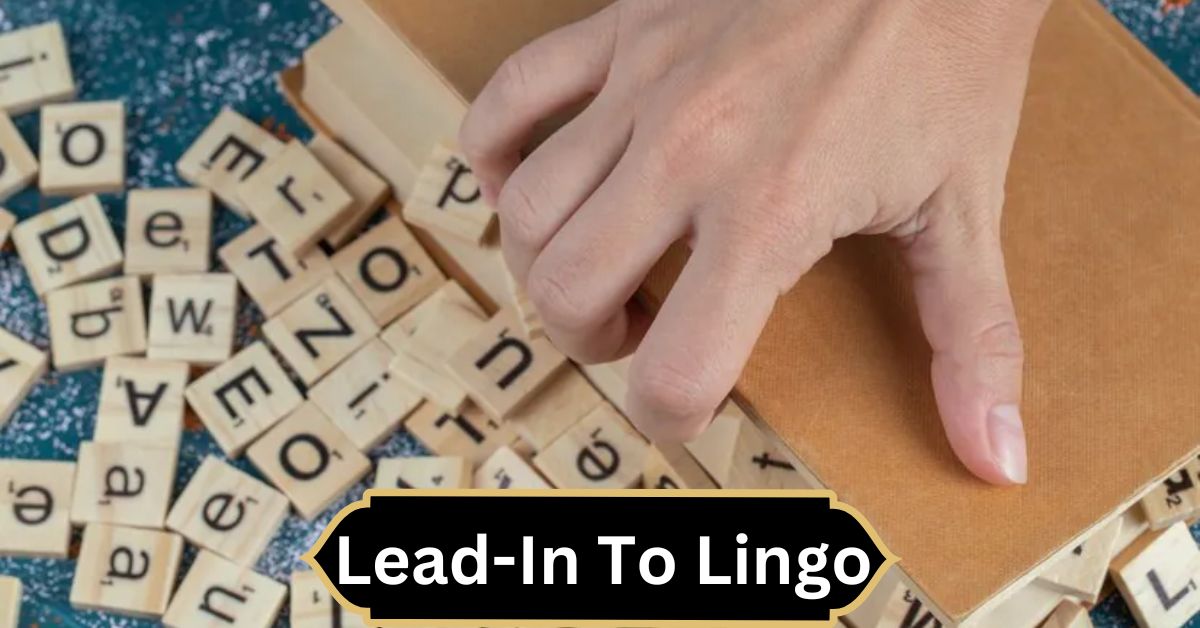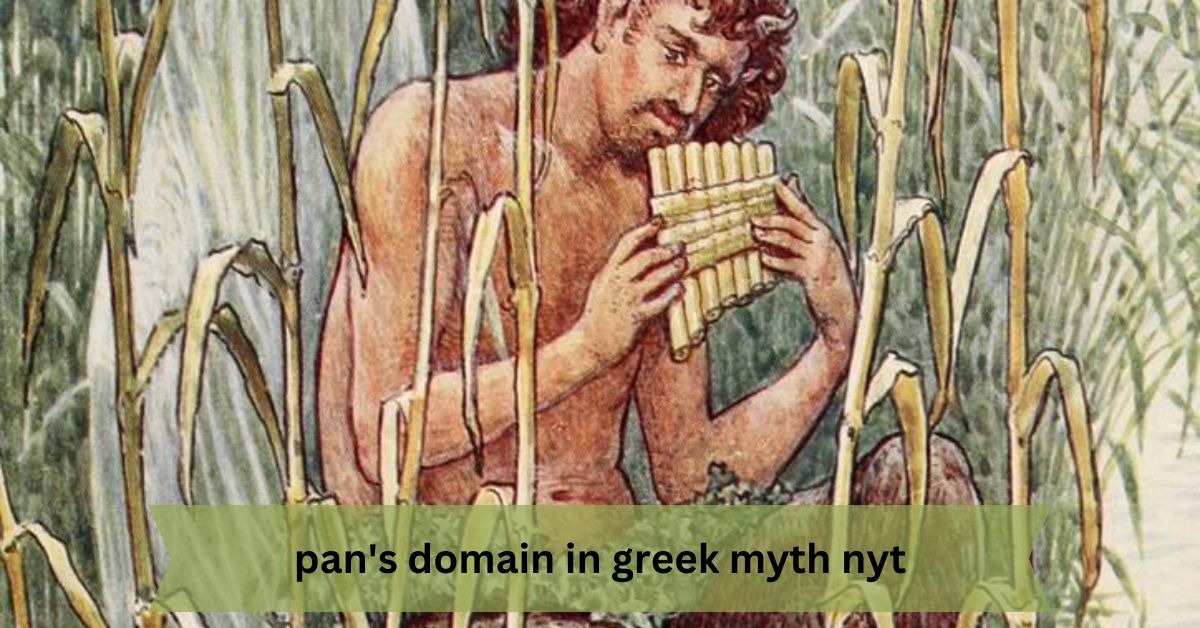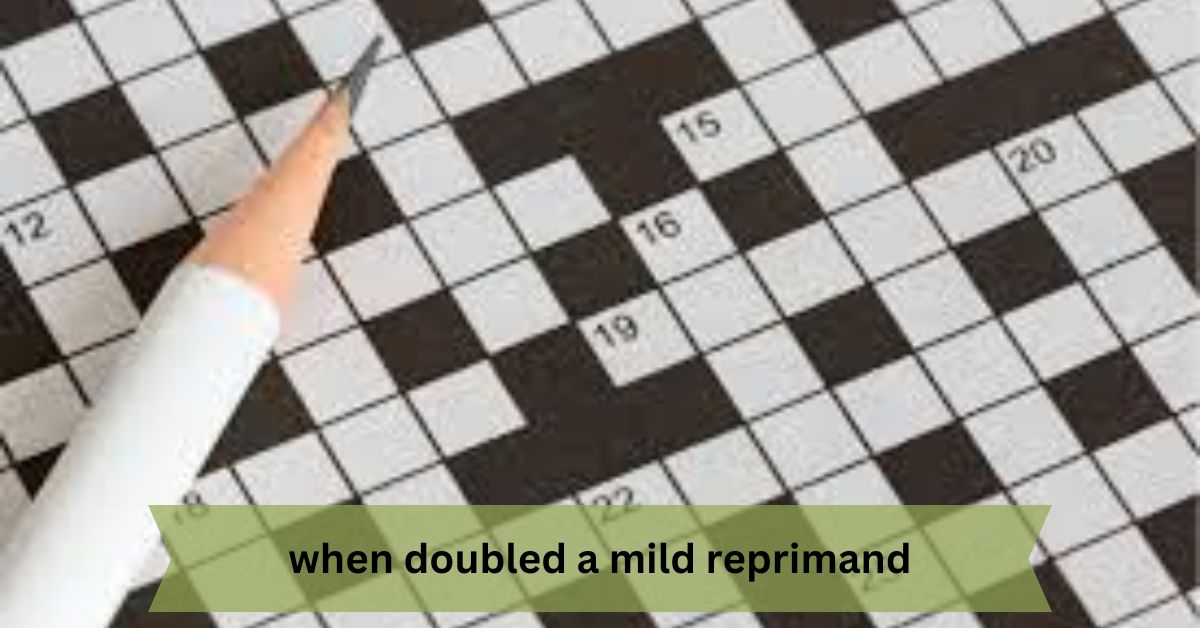Lead-in to lingo clues in crossword puzzles challenge solvers to find words or phrases that introduce jargon or language-related terms, requiring analytical thinking and wordplay skills.
In today’s era of digital puzzles and traditional print media, crossword puzzles remain a beloved pastime for many. Among the diverse types of clues that challenge solvers, “lead-in to lingo” stands out for its unique linguistic twist.
This article delves deep into strategies, tips, and insights to effectively decode and solve these intriguing clues, ensuring that enthusiasts of all levels can enhance their puzzling prowess.
What Is Lead-In To Lingo:
A “lead-in to lingo” clue is a type of crossword clue where the solver needs to identify a word or phrase that introduces or precedes a term related to language, jargon, or specialized terminology.
These clues often require solvers to think outside the box, employing wordplay, synonymic relationships, and contextual analysis to arrive at the correct answer embedded within the crossword grid.
How Can We Solve The Clue Lead-In to Lingo:
Analyze the Clue:
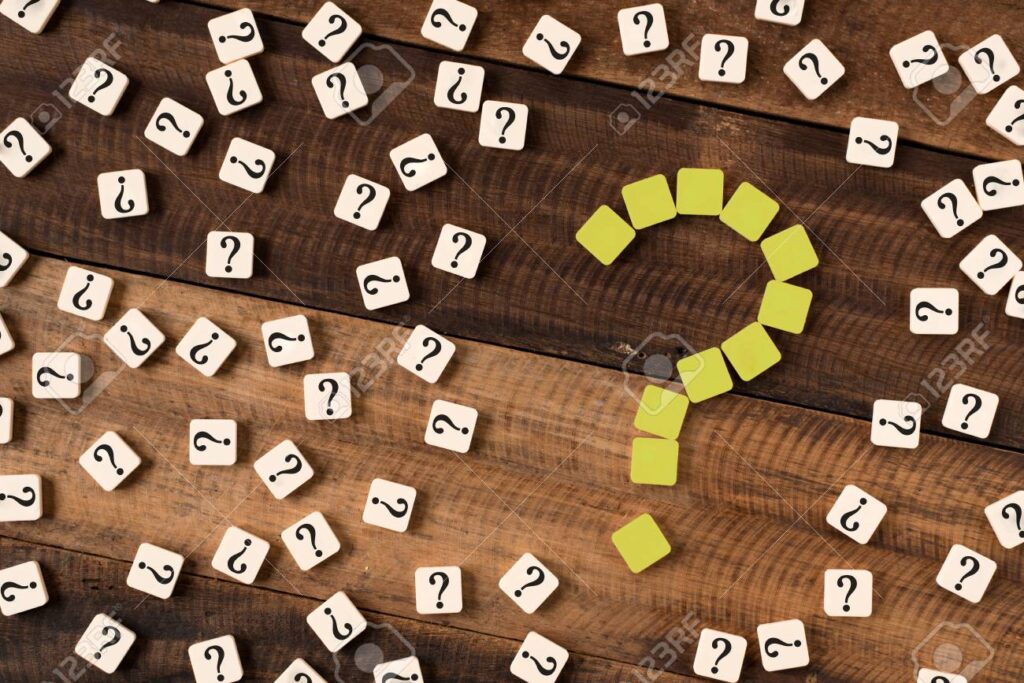
The first step in tackling a lead-in to lingo clue is to carefully analyze the wording and structure of the clue itself. Look for keywords, such as “introduces,” “precedes,” or specific references to language-related themes that provide clues to the answer.
For instance, if the clue reads “Introduces dialect,” the solver might consider words like “into,” “starting with,” or synonyms like “heralds” that suggest a beginning or introduction.
Think About Wordplay:
Crossword puzzles often incorporate clever wordplay to lead solvers towards the answer. Consider puns, homophones (words that sound alike but have different meanings), or double meanings that could be embedded within the clue’s wording.
For example, a clue like “Leads the language pack?” could play on the phrase “leads the pack” while hinting at a word that starts with “L” and relates to language.
Consider Synonyms:
Synonymic relationships between the lead-in word or phrase and the lingo it precedes are key to solving these clues. Look for alternative terms or phrases that connect to the intended answer, leveraging the clues provided by intersecting letters and the overall puzzle context.
If the clue hints at “Paves the way for jargon,” synonyms like “paves,” “prepares,” or “ushers in” could point towards words like “intro,” “prefix,” or “lead,” depending on the puzzle’s constraints.
Also read: V5 Inc Ret Ps – A Comprehensive Guide to Banking Error Codes!
Look for Common Phrases:
Familiarity with common phrases or idioms that begin with the lead-in word or phrase can significantly aid in solving these clues. Recognizing these patterns helps solvers quickly narrow down potential answers by matching them to the theme or context of the puzzle.
For instance, clues like “Sets the stage for slang” might lead to words like “sets,” “prepares,” or “introduces,” aligning with the puzzle’s linguistic theme and structure.
Use Crossword Grid and Letters:
The crossword grid itself and intersecting letters from other clues provide crucial hints and constraints that guide the solver towards the correct answer. Pay attention to how the lead-in to lingo clue interacts with adjacent clues and fills in gaps across the grid.
If a clue like “Paves the way for dialect” intersects with letters that suggest “intro” or “lead,” it reinforces the solver’s hypothesis and narrows down potential answers.
The Answer to Lead-In to Lingo:
After applying these strategic approaches and considering various perspectives, the solver will uncover the answer that completes the lead-in to lingo clue. This moment of revelation not only solves the puzzle but also enhances the solver’s ability to approach future crossword challenges with confidence and precision.
What’s The Theme of This Clue:
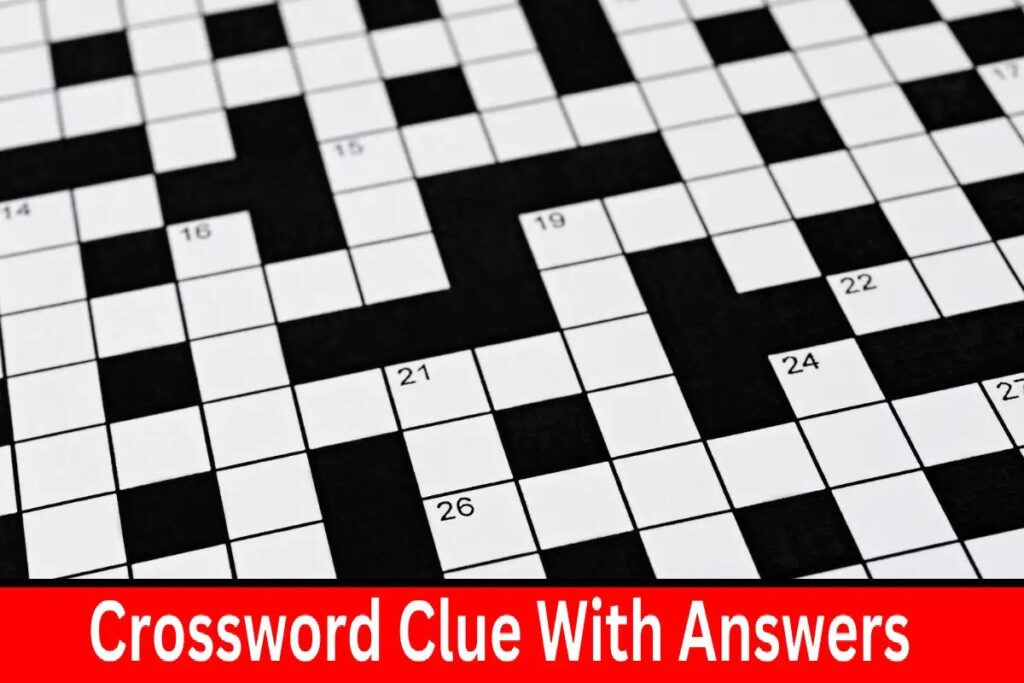
Context is crucial in solving crossword puzzles, particularly with lead-in to lingo clues. The puzzle’s theme or overarching concept often provides subtle clues and connections that guide solvers towards the correct interpretation and solution of each clue.
Understanding and identifying these thematic elements enhances the solver’s ability to navigate and decipher complex crossword puzzles effectively.
Benefits of Solving Lead-In to Lingo Clue:
Successfully unraveling lead-in to lingo clues offers numerous benefits to crossword enthusiasts:
- Enhanced Analytical Skills: Solving these clues hones analytical abilities by requiring solvers to dissect and interpret complex linguistic cues within a puzzle’s context.
- Improved Memory Retention: Engaging with crossword puzzles, including lead-in to lingo clues, helps reinforce memory retention by associating new words and concepts with existing knowledge.
- Cultural and Historical Insights: Many crossword puzzles incorporate clues that draw on cultural references or historical events, providing a platform for solvers to broaden their knowledge base.
- Boost in Problem-Solving Abilities: The structured nature of crossword puzzles, including deciphering lead-in to lingo clues, fosters systematic problem-solving skills applicable to various real-life scenarios.
- Community Engagement: Crossword puzzles often create communities of enthusiasts who share strategies, discuss solutions, and participate in collaborative puzzle-solving endeavors.
- Stress Relief and Relaxation: Solving crossword puzzles, particularly when deciphering challenging clues like lead-in to lingo, serves as a therapeutic activity that promotes relaxation and alleviates stress.
- Development of Perseverance: Overcoming the hurdles posed by intricate clues cultivates perseverance and determination, essential qualities for both puzzle-solving and everyday challenges.
Importance of Context In Solving Crossword Clues:
Contextual clues within crossword puzzles, including lead-in to lingo clues, play a pivotal role in guiding solvers towards accurate interpretations and solutions. These clues offer insights into the puzzle’s theme, structure, and intended wordplay, facilitating a deeper understanding and appreciation of the puzzle-solving process.
FAQs:
1. What are lead-in to lingo clues?
Lead-in to lingo clues require identifying words or phrases introducing language-related terms in crossword puzzles.
2. How do you solve lead-in to lingo clues?
Analyze the clue for keywords, consider wordplay, synonyms, common phrases, and use intersecting letters to deduce the answer.
3. Why are lead-in to lingo clues challenging?
They require creative thinking, knowledge of language nuances, and understanding puzzle themes for accurate solutions.
4. What benefits come from solving lead-in to lingo clues?
Solving these clues enhances vocabulary, cognitive skills, and provides a sense of accomplishment.
5. Why is context important in solving crossword clues?
Context guides solvers to interpret clues accurately, understand puzzle themes, and apply effective solving strategies.
6. How do crossword setters create effective lead-in to lingo clues?
Crossword setters use wordplay, synonyms, and contextual hints to craft clues that cleverly introduce language-related terms.
7. What strategies can help beginners improve at solving lead-in to lingo clues?
Beginners should practice analyzing clue structures, explore different solving techniques, and build their vocabulary to enhance puzzle-solving skills.
Conclusion:
In conclusion, Solving “lead-in to lingo” clues in crossword puzzles requires keen attention to wordplay and context. It enhances language skills and problem-solving abilities, offering a satisfying challenge. Engaging with such puzzles cultivates a deeper appreciation for linguistic nuances and thematic exploration, making crossword-solving a rewarding mental exercise for enthusiasts of all ages.
